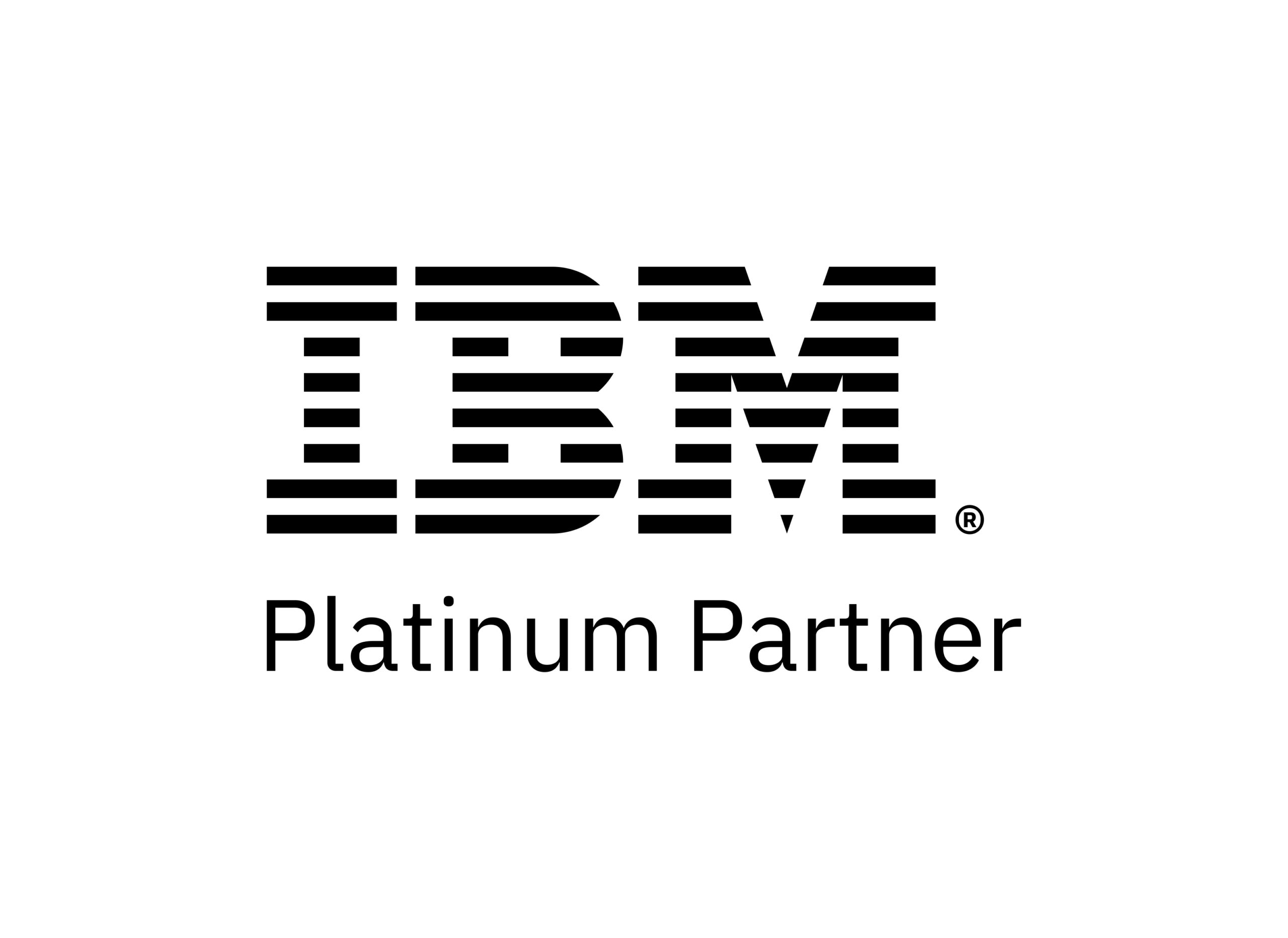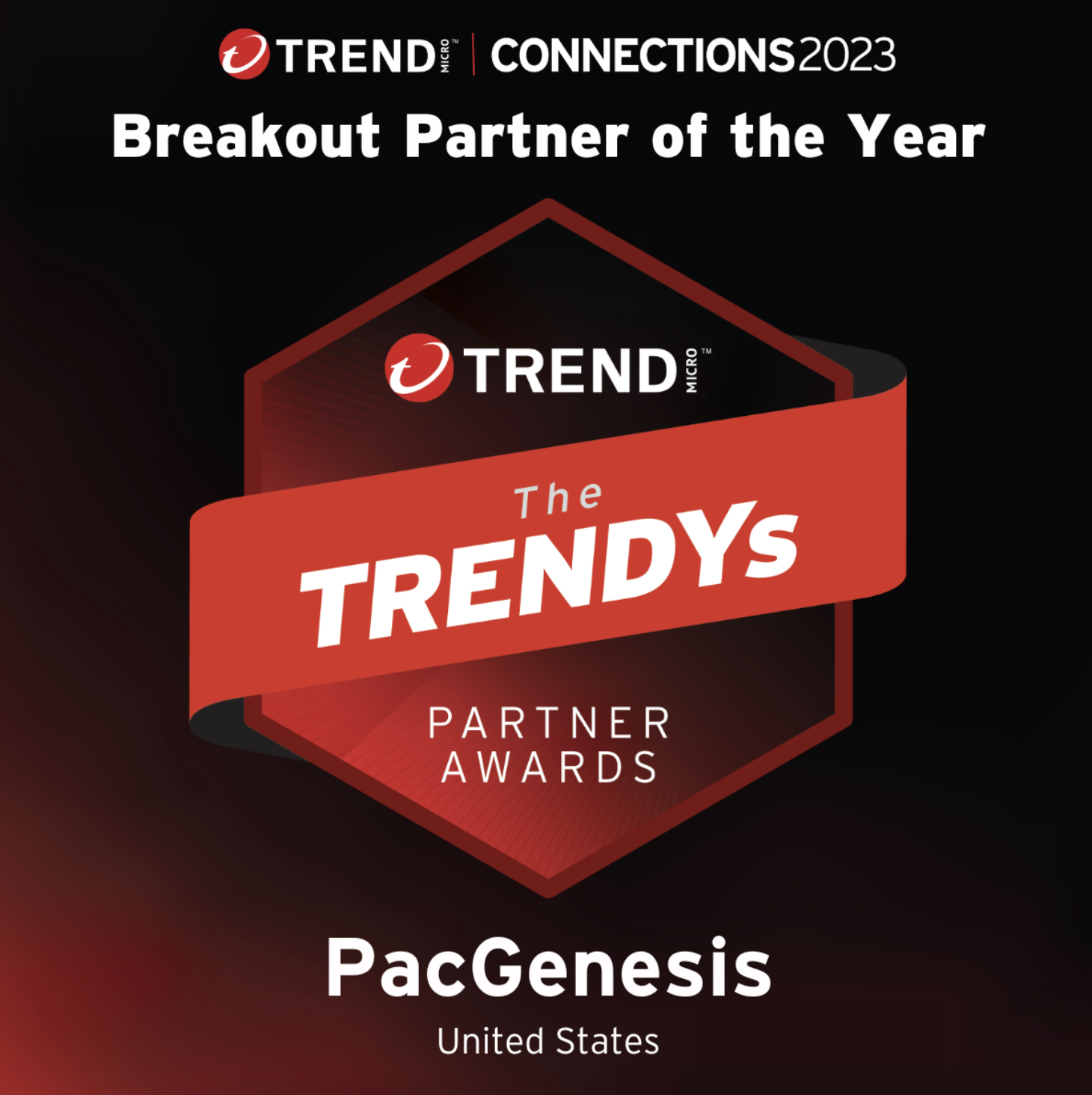What Is Filtering In Cybersecurity?

What Is Filtering In Cybersecurity?
Content filtering is one of the most common security solutions used for businesses. The primary function of filtering in cybersecurity is to blog websites, emails, or other file types that could be unproductive or harmful. Filtering restrictions may be based on certain corporate use policies or compliance regulations required by law.
Content filters are often part of internet firewalls, but they can be implemented as hardware or software. In those cases, content filtering serves a security purpose, but it can also be used to implement company-specific policies beyond security. Many content filtering solutions will offer administrators the ability to apply granular controls like department-specific or user-specific filters.
Sections
How Filtering Works in Cybersecurity
Software and hardware with content filtering identify and block access to specific content or websites. It can identify specific patterns in content like strings of text or objects in images that signify the presence of undesirable content. It typically uses keywords to block access to web pages or even entire websites. DNS filtering can also block access to specific Internet Protocol (IP) addresses, e-commerce websites, social media sites, and streaming services.
What is the Difference Between Content Filtering vs Web Filtering
Content filtering is the broad cybersecurity term that includes websites, but also refers to email and other files. Web filtering stops users from viewing certain URLs or websites, preventing their browsers from loading pages from those sites. Web filtering can include “block list” and “allow list” filters as well as keywords and content filters.
Web filters are made in different ways and deliver various solutions for institutions and enterprises. Businesses use web filtering to prevent employees from accessing websites that do not involve their jobs but also to stop malware infection. Schools will also use web filtering in a similar manner to help block offensive and distracting content as well as protect against malware infection.
Why is Content Filtering Important
Inappropriate or illegal content can create a risk for organizations. Content filtering helps mitigate those risks by making harmful or high-risk content difficult to access in the workplace.
- Inappropriate content in the workplace can put a company at risk of violating HR regulations or creating a hostile or demeaning work environment. Many of those sites can also lead to malware or virus infections.
- Spam sites can also lead to malware or other malicious software being installed onto work computers.
- Hate sites or sites with violent content can compromise employee safety and also reflect poorly on the company’s reputation and reliability.
- Unless authorized as part of their job responsibilities, social networking sites can reduce productivity and distract employees from routine tasks.
To effectively use content filtering, it can be deployed across multiple content channels, most commonly including:
- Websites, pages, or other web traffic
- Emails
- Executable files
Protect Against Web-Based Threats with PacGenesis
PacGenesis has over 10 years of experience working with businesses to protect against security threats across office, remote, and mobile users using content filtering and firewall protection. We connect you with the best providers of cybersecurity to enable your business to protect your employees and your brand, helping identify pain points, audit current security solutions, then implement the suggested solutions to fit your organization’s needs. Contact us today to learn more about our processes and our partners.
To learn more about PacGenesis, follow @PacGenesis on Facebook, Twitter, and LinkedIn or contact us at pacgenesis.com.



